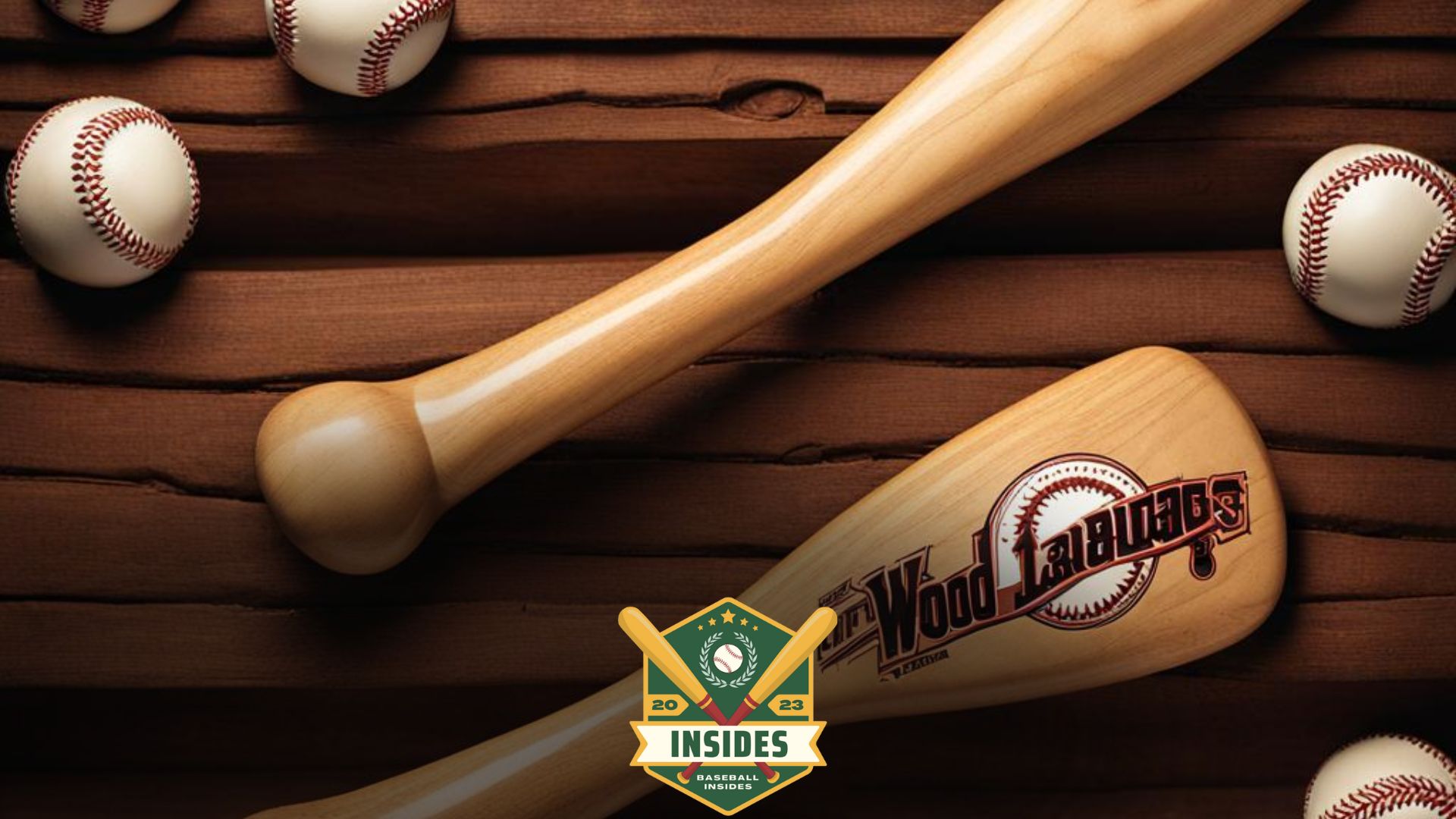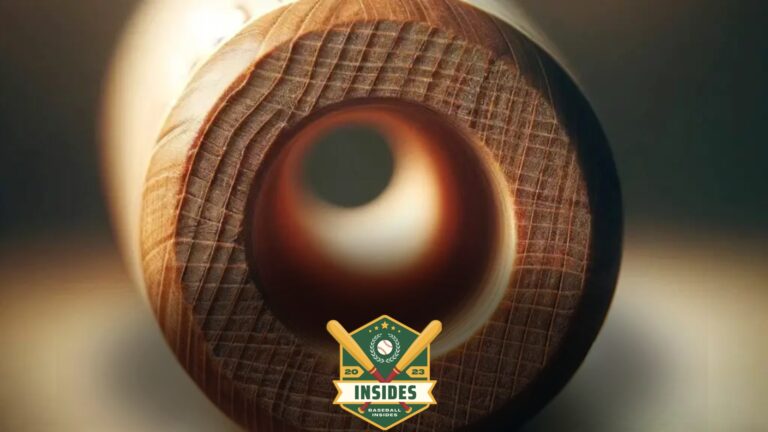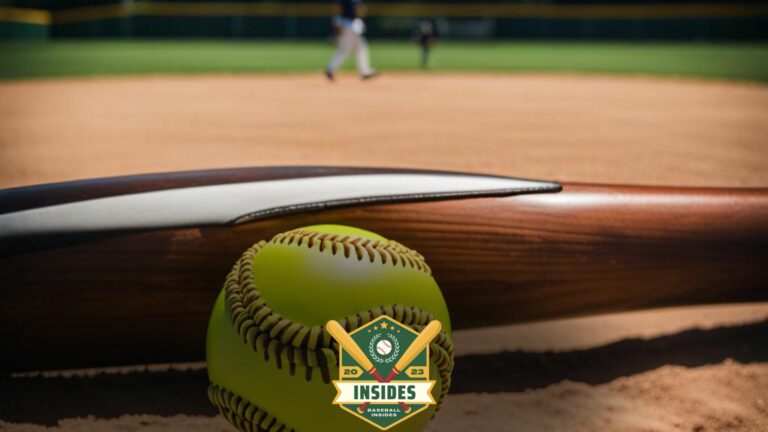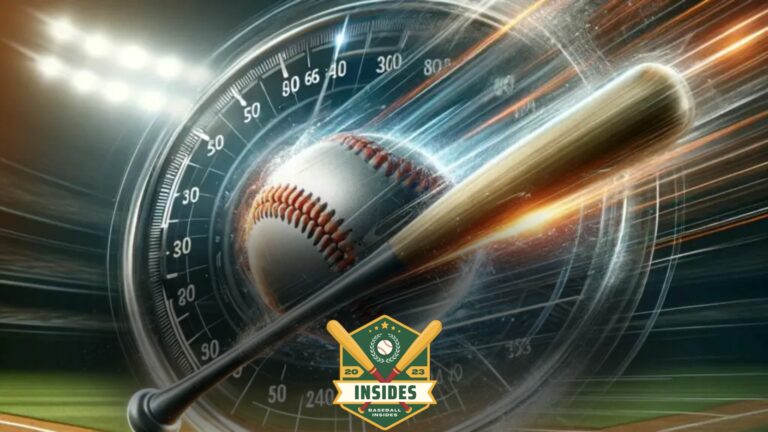
In this article:
Wood bats can be used in Little League for certain divisions. Their use is subject to Little League regulations and guidelines.
Choosing the right equipment for youth baseball is crucial, especially when it involves Little League play. Wood bats, iconic and traditional in the sport, have specific uses within Little League.
Parents, coaches, and players should know the rules that dictate bat usage in various age groups and competitive levels.
While metal and composite bats are common due to their lighter weight and increased power, wood bats are valued for their capacity to teach hitting mechanics and control.
They are mandatory in some Little League divisions and optional in others, offering a classic game feel.
Understanding Little League rules ensures players comply with regulations and gain skills pertinent to their development in the sport.
Navigating the bat material and type regulations helps prepare young athletes for both competition and growth within baseball.
Wood Bats in Little League
Wood bats hold a special spot in the heart of baseball. As young sluggers approach the plate, the question arises: Can wood bats be part of Little League?
This blog digs into the tradition and rules surrounding wood bats in youth baseball.
Historical Use in Youth Baseball
Baseball’s early days saw every player swinging wood bats. These bats were the only option, carrying the essence of the game from the pros to pint-sized players.
Over time, different materials appeared in the batter’s box, but wood remained a staple in many leagues.
Current Material Regulations
Today’s Little League rules allow different materials, but wood bats are still in play. They must meet certain requirements to ensure safety and fairness on the field.
Let’s examine what’s in and what’s out:
- Solid, one-piece wood bats are legal.
- Little League International must approve laminated or composite wood bats.
- Non-wood bats should carry a USA Baseball marking.
Bats made from aluminum or other metals often dominate the game due to their durability and lighter weight. Yet, wood bats offer a classic feel and can enhance a young player’s skill development.
For a complete list of approved bats, always check the latest guidelines from Little League International.
These rules ensure every player enjoys a fair, safe, and fun baseball experience.
Analyzing Bat Performance
Choosing the right bat for Little League is crucial. It affects how the ball is hit and travels. In Little League, both wood and non-wood bats come into play.
Understanding their performance can help players hit their best.
Wood vs. Aluminum and Composite Bats
Wood bats are traditional and teach kids to hit with precision. They’re heavier and require more control.
Aluminum and composite bats are lighter, and power hitters prefer them. They can help a ball travel farther with less effort.
Differences include:
- Feel: Wood offers a traditional feel, while aluminum and composite provide a modern, light feel.
- Sound: The classic crack of a wood bat contrasts with the ping of aluminum bat hits.
- Pop: Non-wood bats often have more ‘pop’, aiding ball distance.
Impact on Safety and Skills Development
Safety is vital. Non-wood bats might increase injury risks because balls can come off the bat faster. Yet, proper coaching can reduce risks.
Skills development matters, too. Wood bats demand better technique, enhancing player skills. Choosing a bat can impact a young player’s growth in the sport.
Keep in mind:
- Safety First: Emphasis on good mechanics can prevent injuries.
- Technique Training: Wood bats can improve their batting technique due to their weight and balance.
- Power vs. Precision: Young players might find aluminum or composite bats easier for hitting longer distances.
Rules and Regulations
Understanding the rules and regulations of equipment in Little League baseball is essential. Parents, coaches, and players need to know what bats are permissible.
Specific guidelines govern the types of bats used by youth players. Let’s explore the regulations to ensure everyone plays by the book.
Little League’s Equipment Standards
Little League International requires all bats to meet certain standards. These standards ensure safety and consistency in the game.
Only bats approved by Little League that bear their logo are allowed for use.
All wooden bats must be made from a single piece of wood. This makes them valid choices for Little League games.
Bat Size and Weight Restrictions
Bats used in Little League must follow strict size and weight rules.
| Division | Maximum Length | Maximum Diameter |
|---|---|---|
| Major/Minor | 33 inches | 2⅝ inches |
| Intermediate (50/70) & Junior | 34 inches | 2⅝ inches |
| Senior | 36 inches | 2⅝ inches |
The weight of the bat cannot exceed the length minus ten ounces. For example, a 28-inch bat must not weigh more than 18 ounces.
Choosing the Right Bat
When it comes to Little League, picking the perfect bat can make all the difference in a young player’s performance.
Wood bats offer a classic feel and can greatly aid in developing hitting technique.
Let’s explore how to choose the best bat for aspiring Little Leaguers.
Factors to Consider For Young Players
Choosing the right wood bat requires looking at several key factors:
- Weight: A bat that’s too heavy can slow down a swing. Find a comfortable weight.
- Length: Taller players need longer bats. Measure from the center of the chest to the fingertips.
- Barrel size: Larger barrels mean a bigger hitting surface and more weight.
- Age: Check league regulations, as they might specify bat requirements.
Popular Wood Bat Models for Little League
Here are some top wood bat models recommended for Little League players:
| Model | Lengths Available | Weight Drop |
|---|---|---|
| Louisville Slugger Youth Genuine | 26″ – 30″ | -7.5 to -5 |
| Rawlings Velo Youth Wood | 27.5″ – 30″ | -7.5 |
| Easton MAKO Maple Youth | 28″ – 31″ | -9 |
These models are designed with young hitters in mind and adhere to typical Little League regulations.
Maintenance and Care
Wood bats need love, too! Little League players can swing wood bats, but they need proper care.
Keeping a wood bat in good shape means it’ll hit balls out of the park for future seasons. Let’s learn to take great care of wood bats!
Extending the Life of a Wood Bat
Extend your bat’s life with these tips:
- Store correctly: Keep bats in a cool, dry place.
Moisture or extreme temperatures can warp wood. - Regular Inspection: Look for cracks or chips. Fix minor issues before they grow.
- Clean Gently: Use a soft cloth. Wipe dirt and debris to maintain the bat’s surface.
- Avoid Excess Moisture: Wet bats can rot. Dry your bat if it gets wet.
- Proper Use: Hit balls pitched to you. Don’t hit rocks or the ground, which can dent the wood.
- Rotate Your Bat: Turn it slightly with each swing. This prevents one side from wearing out.
Recognizing When to Replace Your Bat
Know the signs that your bat needs replacing:
- Cracks: Large or deep cracks affect the bat’s performance.
- Splits: If a bat splits, it’s time for a new one.
- Major Dents: Significant dents can alter the bat’s shape. This changes how you hit the ball.
- Soft Spots: Too much use can soften spots in the wood. Soft spots mean less power.
- Strange Sounds: Check for internal damage if your bat sounds different when it hits a ball.
Keep an eye on your bat’s condition. Catch issues early to keep it in the game longer!
Future of Bats in Youth Baseball
The future of bats in youth baseball will reveal some exciting changes. Technological innovation and shifting perspectives on equipment preferences are at the forefront of these developments.
As the sport evolves, so does the gear, and with changes come new considerations for young players in leagues such as Little League Baseball.
Technological Advancements in Bat Manufacturing
- Lighter, stronger materials are now being used, providing better durability and improved performance.
- Bats with smart technology can track a player’s swings and provide feedback for improvement.
- Customizable bats offer tailored options like grip size and weight distribution, aligning with each player’s needs.
These advancements make bats more than just equipment; they become a dynamic part of player development.
Evolving Attitudes Toward Wood Bats in the Sport
Tradition meets modern play as attitudes shift toward reintroducing wood bats for young players.
- Parents and coaches recognize the benefits of wood training, including better hitting mechanics.
- There is a growing trend of tournaments designated for wood-bat use, emphasizing skill over equipment technology.
- Teams incorporate wood bats into practice sessions to foster a deeper understanding of the hitting process.
This return to the roots of baseball, armed with improved bat technology, is setting a new course for youth baseball equipment.
It prompts a reflection on the essence of the game—skill, practice, and the pure joy of hitting a baseball.
Frequently Asked Questions
Why Can’t You Use Wood Bats in Little League?
Wood bats aren’t permitted in Little League due to safety concerns and to encourage consistent play quality across all teams. Little League regulations mandate using non-wood bats that meet specific performance standards.
What Kind of Bats Can You Use In Little League?
Little League allows using USA Baseball-approved bats with a maximum size of 2 5/8 inches in barrel diameter. Composite barrel bats need a USA Baseball stamp for Little League Major Division and below.
Does the Little League World Series Use Wooden Bats?
No, the Little League World Series does not use wooden bats. Participants mainly use metal bats following specific regulations.
Why Can’t You Use USSSA Bats in Little League?
USSSA bats are not approved for Little League because they don’t meet specific safety and performance standards set by the Little League organization. This ensures uniformity and player safety during games.
Are Wood Bats Allowed in Little League?
Wood bats are permitted in Little League baseball, but they must meet the organization’s specific size and composition regulations.
Conclusion
Wrapping up, the choice of bat in Little League hinges on regulations and personal preference. While wood bats shine for their traditional feel and feedback, they’re governed by specific league rules.
Always check the latest guidelines to ensure your young player is up to bat with the right equipment, fostering a safe and enjoyable baseball experience.






